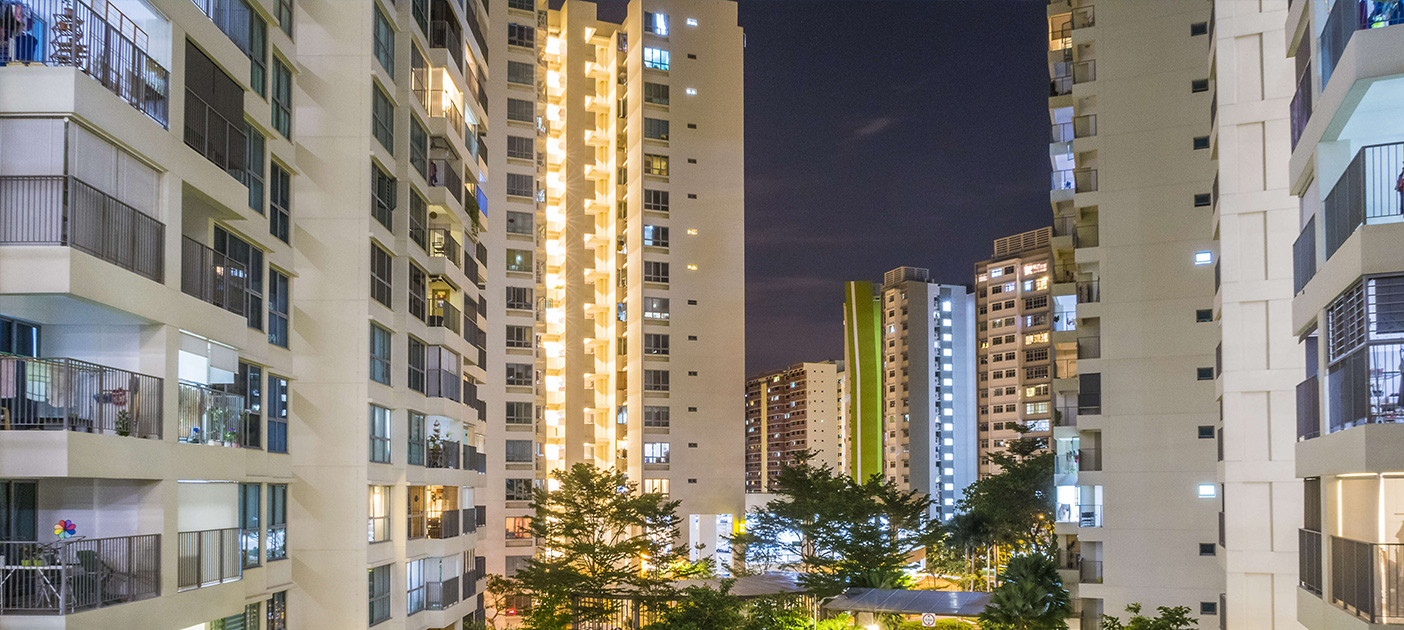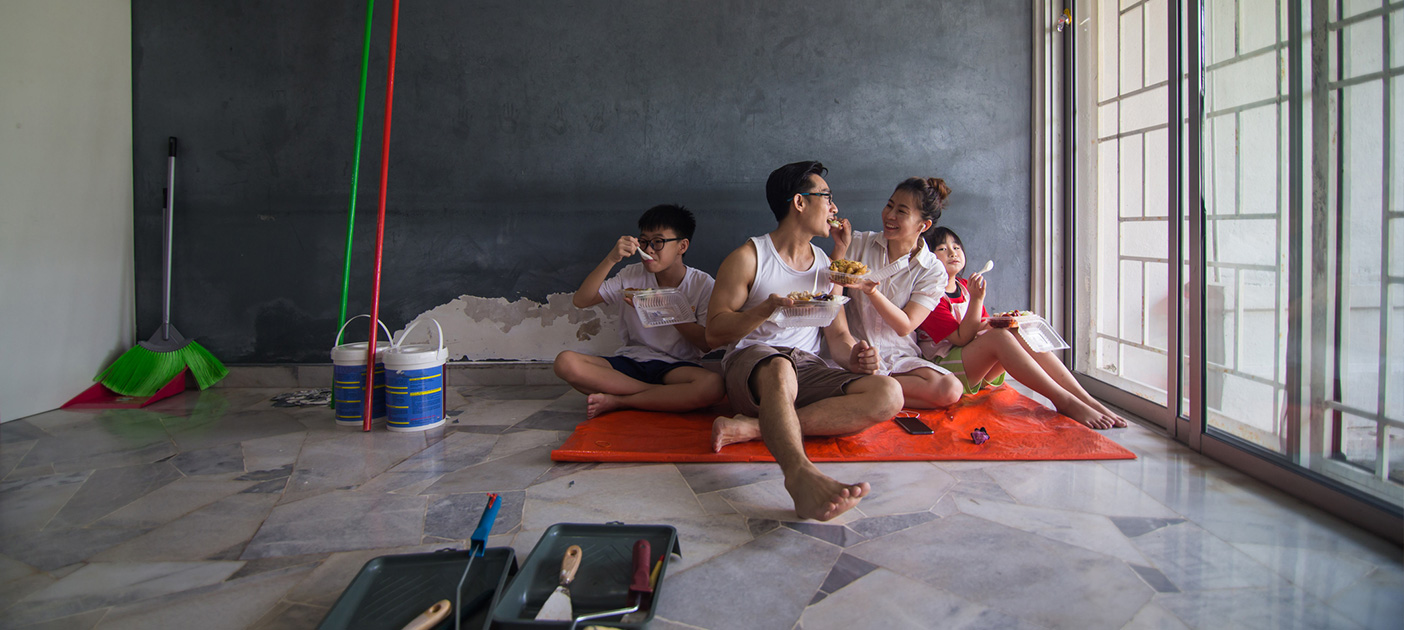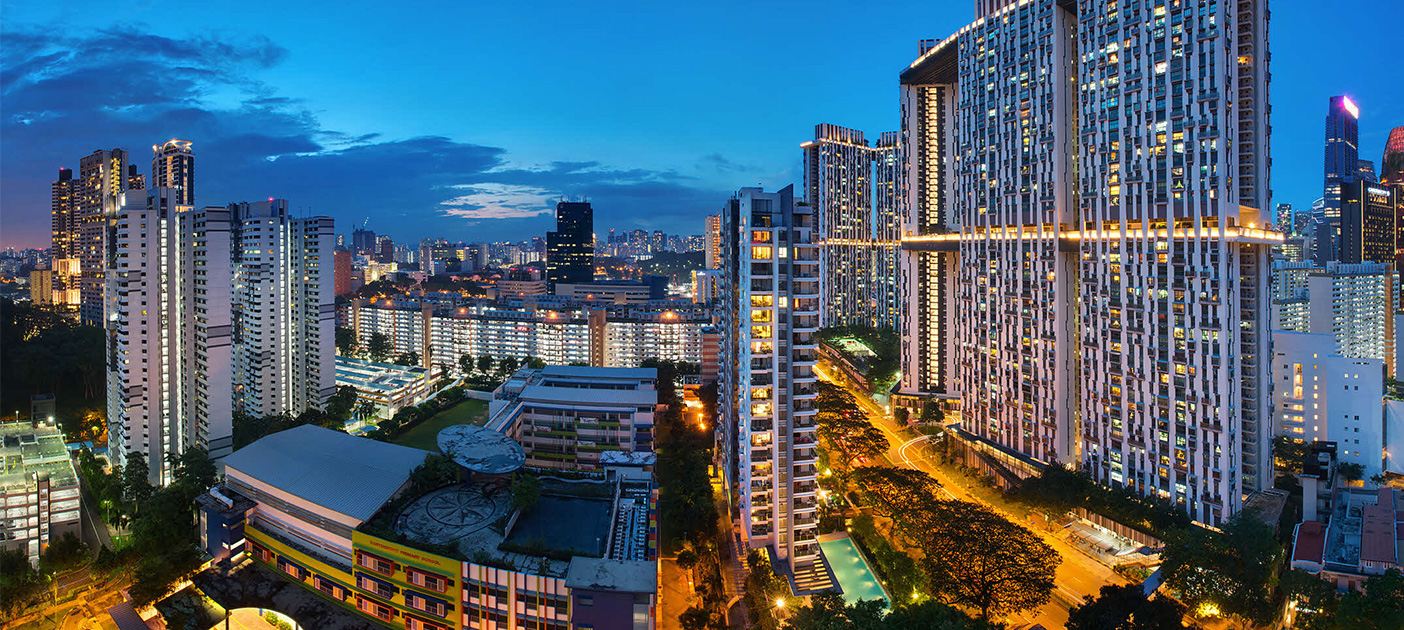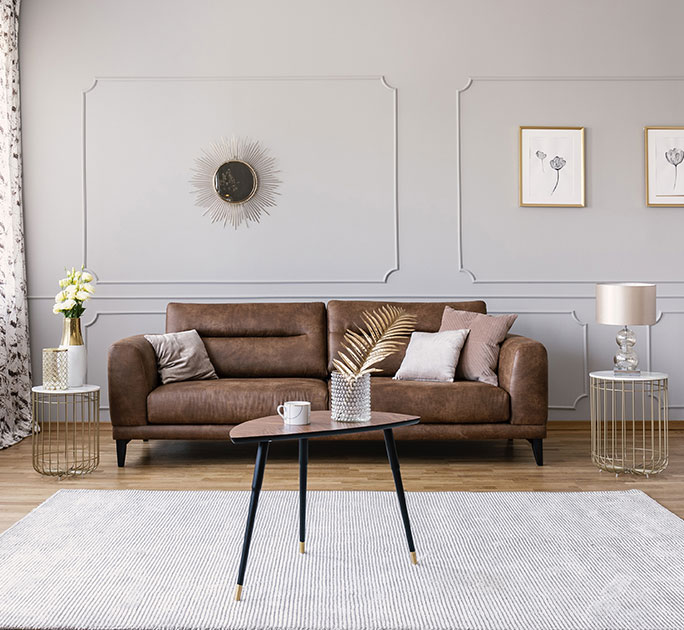![]()
If you’ve only got a minute:
- Consider factors such as location, size and proximity to public transport and amenities carefully as they can add a premium to the cost of your home.
- Make use of DBS MyHome planning tools to help you on your home purchase journey.
![]()
Singapore’s property market in 2025 continues to grow, albeit at a more moderate pace.
Private residential prices rose 1.0% in Q2 2025, extending several years of steady climb, while HDB resale prices also increased for the 21st consecutive quarter. At the same time, a record number of resale flats sold for over S$1 million, highlighting that affordability remains a challenge for buyers.
For those looking to purchase a home, careful planning and realistic budgeting are essential. While government measures and increased housing supply are helping to ease pressures, cash outlays and financial considerations remain critical in navigating today’s competitive market.
If you are planning to buy a property, here are 5 points to consider:
1. Affordability
The lowered LTV (80% to 75%) reduces the maximum amount you can borrow with a HDB home loan.
For example, if an HDB flat you are interested in is valued at S$600,000, you can borrow up to S$450,000 (75%), down from the previous limit of S$480,000 (80%). This change results in a difference of S$30,000, which means you will need to come up with an additional S$30,000 in cash or CPF savings to cover the gap.
The LTV limit for home loans obtained from financial institutions remains unchanged at 75%.
You can plan your finances on DBS Home Marketplace using a variety of tools such as the MyHome planner, which lets you work out the affordability of a property you’re interested in.
These tools include a Property Budget function, which helps you plan your finances; a Cashflow Timeline, which lets you manage your cashflow and payments; and a Repayment Calculator, which helps you calculate your home loan repayments.
2. Planning your home purchase with DBS - Types of home loans and loans available
Home loans primarily fall into 2 categories: fixed rate and floating rate loans.
A fixed rate home loan maintains a consistent interest rate throughout the lock-in period, providing you with stability and predictability in your monthly repayments. This is particularly advantageous in a rising interest rate environment, as it allows you to "lock-in" a rate and avoid fluctuations.
In contrast, a floating rate loan has interest rates that are tied to a reference rate, such as the Singapore Overnight Rate Average (SORA). This means that the interest rate can vary over time, potentially leading to lower monthly payments when rates are low, but also bear in mind, the risk of increased payments if rates rise.
Generally, floating rates offer more flexibility but come with less certainty regarding future repayments.
Read more: Fixed or floating home loan – which is better?
It’s important to consider the type of financing that best suits your needs. Here are some of the loans DBS offers to support the different stages of your home ownership:
Easy Switch Home Loan (for Building Under Construction properties): Ideal for buyers looking to start with a Fixed Deposit Home Rate (FHR) package and offers the flexibility to switch to a pre-determined 3 month SORA (Singapore Overnight Rate Average) package before the Temporary Occupation Permit (TOP) issuance, with 2 free conversions available.
Green Home Loan: Designed for those looking to align their home purchase with environmental values. If you’re planning to buy a property with eco-friendly features – such as energy-efficient appliances, solar panels or green building certifications – this loan could be perfect for you. Not only do you contribute to a more sustainable future but may also save on utility bills in the long run.
Personal Loan: Ideal for those who wants to manage cash flow without touching CPF or savings to cover expenses that fall outside the home loan. While your mortgage handles the property price, there are often additional costs such as legal fees, stamp duty, furniture, appliances and renovations, that can quickly add up.
Unlike home loans, personal loans are unsecured, making the application process simpler. As a result, you will have quicker access to cash (receiving funds directly in your account), without the need to restructure your home loan. However, do note that personal loans typically have higher interest rates than home loans, so borrowing more than necessary can increase your monthly cash outlay. Always assess your repayment ability carefully and borrow only what you truly need.

3. Prioritise needs and wants of your future home
As a first-time home buyer, it's easy to get caught up in the allure of luxurious amenities and prime locations, but it's crucial to balance your desires with a realistic budget.
Take the time to carefully consider which factors, such as floor area, proximity to public transport and nearby facilities that are essential (needs) and which ones you can compromise on in exchange for a lower price point (wants).
Be honest about your priorities, and don't be afraid to explore alternative options that may not have all the bells and whistles but still meet your core needs. Remember, striking a balance between your desires and your budget is key to finding a home that you can comfortably afford and enjoy for years to come.
Read more: Steps to finding your perfect home
If you are a first-time HDB home buyer, find out more about the variety of CPF Housing grants which can potentially help you shave a 6-figure sum of your property price!
4. Planning of cashflows is essential
As a property purchase involves the payment of large sums of money, it is essential to know the timeline of the various payments you need to make to manage your cashflow.
Some common payments include:
Upfront payments | Recurring payments |
|---|---|
| Option fee | Maintenance fees, conservancy charges and utilities |
| Downpayment | Property tax |
| Buyer’s Stamp Duty (BSD) | Mortgage insurance and other home-related insurance |
| Additional Buyer’s Stamp Duty (ABSD) – for a 2nd and subsequent property | |
| Legal costs (including stamp fees) | |
| Agent’s commission and fees | |
| Other miscellaneous costs (insurance, valuation fee) |
The biggest cash outlay you’ll need to prepare for is the downpayment of your property. Here’s a look at the amount of down payment you’d need to set aside for either a HDB flat or a private condominium:
Downpayment for property purchase
Property type | Type of loan | Down payment | Mode of payment |
|---|---|---|---|
| HDB Flat | HDB Loan | 25% of purchase price | CPF or cash |
| HDB Flat | Bank Loan | 25% of purchase price or property value, whichever is lower | 5% cash, 20% with CPF or cash |
| Private condominium | Bank Loan | 25% of purchase price or property value, whichever is lower | 5% cash, 20% with CPF or cash |
Taking a HDB loan or bank loan allows you to borrow up to 75% of the property value. Put simply, regardless of the loan type, the minimum downpayment is 25%.The main difference is that if you have enough CPF money to cover your downpayment, you’ll not need to fork out cash at all with your HDB home loan.
If you are buying an HDB resale flat at S$500,000 and take a 75% loan from HDB, the downpayment will be 25%, or S$125,000 (cash and/or CPF). If you have sufficient funds, you can pay your entire down payment using your CPF savings.
If you opt for a bank loan instead and borrow 75% of the sales price, then your down payment will be S$105,000 (CPF or cash), of which S$25,000 (5% of the property price) must be paid in cash.
If you’re purchasing a condominium valued at S$1 million (purchase price at S$1.2 million), the valuation of S$1 million (lower of the 2) will be used to calculate how much you can borrow (bank loan).
Assuming you take the maximum 75% loan, your down payment will be S$250,000 + the S$200,000 cash over valuation (CoV). For the down payment, you must pay 5% (S$50,000) in cash and S$200,000 with your CPF or cash. The CoV component must be in cash. This means that the total cash outlay will be S$250,000 and S$200,000 may be used from your CPF Ordinary Account.
Do note that borrowing the maximum amount you can has financial implications – you’d need to pay more interest in the long term.
You can make use of DBS’s MyHome Planner to work out your property budget and map out the cash inflows from your sale of property and outflows for the purchase of your next property.

5. Renovation costs and timeframe
Renovation costs can run up to a large amount, especially for those buying an older property that requires extensive renovation works. If you are tight on cash, you can always do the essential renovations first and work on the aesthetics later. If need be, a renovation loan can help to bridge the cashflow gap.
Sometimes, it can be difficult to match the timing of you taking over your new home with the time you need to move out of your current place. Do take into consideration the extra cost if you need to rent a place in between moving homes.
That said, owning your dream home can be an enjoyable process but it needs to be well planned. Not sure where to start? Make use of DBS MyHome planning tools to help you on your journey to making your home purchase!






